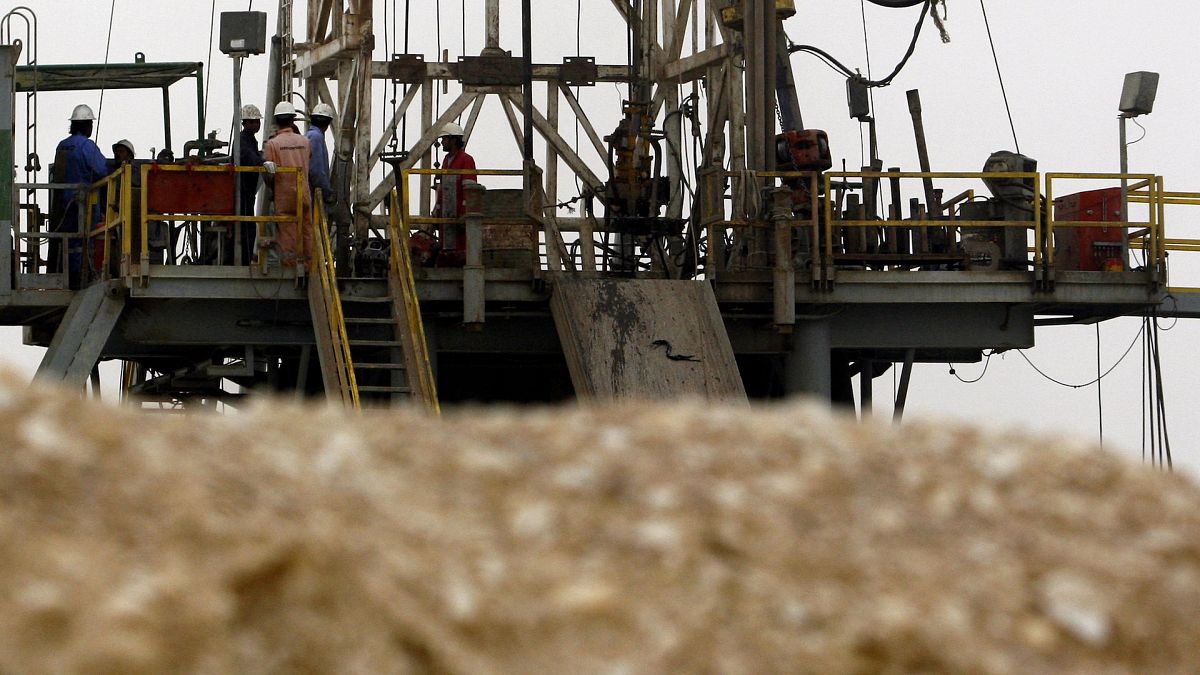Crude oil prices rose to a two-month high amid optimistic demand outlooks and a decline in US stockpiles, sparking concerns of a resurgence in inflation.
Crude oil prices posed a two-week gaining streak and rose to the highest level in nearly two months last week due to optimism towards summer fuel consumption in the Northern Hemisphere, alongside a draw in the US stockpiles. The two-week gains in crude oil prices represent a 7% increase for both Brent and WTI futures.
The Brent futures expiring on 25 September jumped to as high as $86.24 per barrel, the highest seen on 1 May on Friday before paring gains and opening at just above $84 per barrel on Monday. The WTI futures expiring on 4 August topped $82 per barrel for the first time since 30 April last Thursday before pulling back to $80.41 per barrel at the Monday open price.
On 3 June, the Organisation of the Petroleum Exporting Countries (OPEC) and its allies agreed to extend oil output cuts of 2.2 million barrels per day until the end of September, with a gradual phase-out of the production reduction starting in October. The decision initially slashed oil prices that week, but they rebounded swiftly from 5 June onwards.
US crude oil inventory slides
According to the US Energy Information Administration (EIA), crude oil stockpiles declined by 2.5 million barrels to 457 million barrels in the week ending 14 June. Analysts had expected a reduction of 2.2 million barrels that week. The inventory level is 4% lower than the five-year average for the same period. The total gasoline stockpile decreased by 2.3 million barrels from the previous week to 231 million barrels, marking the first decline since 17 May. The EIA forecasted that demand for distillate fuel will start to pick up in the second half of the year due to increasing manufacturing activity.
Additionally, the US oil rig counts have been decreasing for 4 weeks in a row since the week ending on 31 May. The total number was reduced to 485 last week, after peaking at 511 by the week ending on 19 April, according to Baker Hughes.
Growing oil demand
A report by JP Morgan Chase showed that fuel consumption surged to a post-pandemic high of 9.4 million barrels per day in the US in the week ending 14 June. Fuel consumption is expected to continue increasing as the US approaches the Independence Day holiday on 4 July, with 71 million Americans expected to travel.
Globally, oil demand increased by 1.4 million barrels per day due to the busy summer travel season in both Europe and Asia. Particularly, China, the world's largest oil importer, is expected to see a 1.7% rise in fuel demand, equating to 3 million tons, in 2024, according to Sinopec, China's biggest refiner. Chinese retail sales rose by 3.7% year-on-year, surpassing the estimated 3.0% and the 2.0% from the previous month.
Geopolitical tension and weather risk fuelled upside surge
Geopolitical tensions may have also added to the upside pressure on oil prices. The war in the Middle East was in an escalation phase as Israeli officials declared that the country was ready for an "all-out war" with Lebanon's Hezbollah, which prompted Hezbollah to threaten a battle "with no limitations" with Israel. The potential rippling effect of the conflict again sparked fears of further disruptions in oil production and shipment.
Seasonal severe weather patterns may also have contributed to the surge in oil prices. The US National Oceanic and Atmospheric Administration defines the Atlantic hurricane season as running from 1 June, posing risks to production and refinery operation.
Pressure on inflation
Despite a retreat at the opening on Monday, both Brent and WTI futures remained at a nearly two-month high level, sparking concerns that global inflation could be elevated by gasoline prices once again and could slow down the pace of rate cuts by central banks.
Recent data showed that inflation became persistent in some major European economies in May due to elevated price pressures in utilities and petroleum. The surge in crude prices may further obscure the inflation outlook. Despite the ECB's rate cut this month, the bank maintained a hawkish stance, emphasising that further decisions will be approached on a "meeting-by-meeting" basis. Globally, most central banks, including the US Fed, tempered expectations of more than one rate cut this year, as inflation remained well above its target level in the country.
Crude prices and inflation have been positively correlated since the beginning of the Ukraine-Russia war. Therefore, any signs of a resurgence in oil prices could weigh on stock market sentiment. Investors will closely monitor the upcoming inflation data from global economies in the final week of the month.















